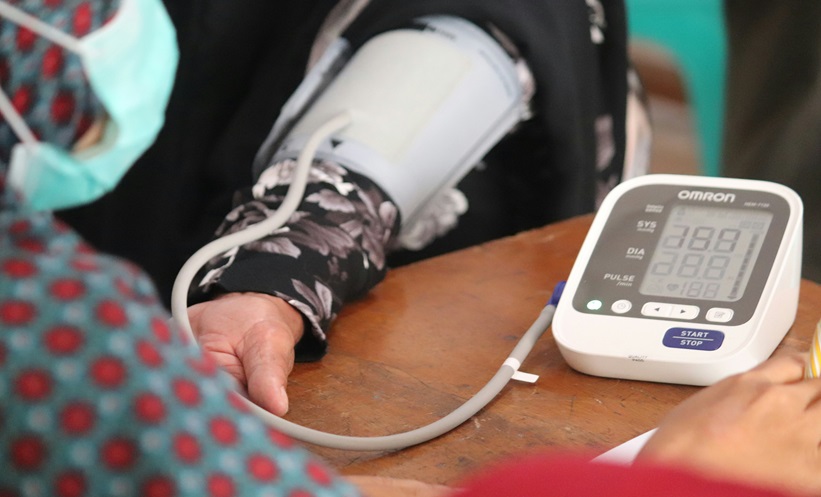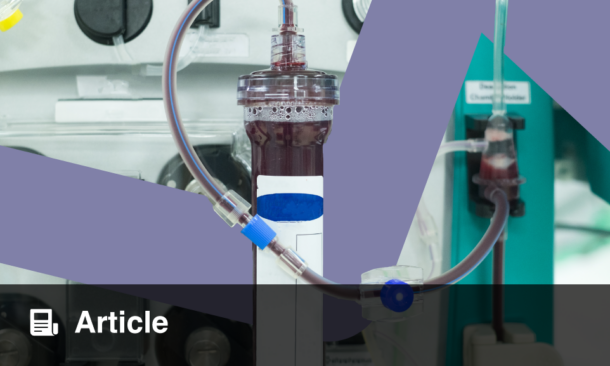A BLOOD test commonly used to screen adults for tuberculosis (TB) could predict whether children infected with the TB bacteria are likely to go on to develop the disease, according to new research from Stanford University School of Medicine, Stanford, California, USA.
Dr Jason Andrews and colleagues analysed medical data from more than 2,500 South African babies and found that the QuantiFERON-TB assay was a valuable predictor of which infants carrying the bacteria would later become sick. This test could be particularly useful in a country such as South Africa, where hundreds of thousands of children die each year from the disease and where current screening tests are considered ineffective.
The test is a type of interferon-gamma release assay (IGRA) which works by exposing whole blood cells to the TB antigen and measuring the amount of interferon gamma released by certain immune system cells. If the response of these cells measures <0.35 international units per millilitre, the person is considered negative for the bacteria, and any result higher is considered to be positive.
To determine the performance of the test in children, the researchers looked at the data of an already published trial of a potential TB vaccine that showed disappointing results. The trial involved 2,512 healthy babies born in South Africa, with no known exposure to the disease. The QuantiFERON-TB assay was also used to measure TB infection in the children at the start of the trial, at 1 year, and again at 2 years.
At 1 year, the test revealed that 172 of the children were positive carriers of the disease, 30 of which had already been diagnosed and treated for the active disease. The researchers saw that among the remaining 142 children whose test results were between 0.35 and 4.0 international units per millilitre, 2.5% developed the active disease. Of those with values >4.0 international units per millilitre, 28% became ill.
“We found that as your value goes up, your risk goes up, and the risk really begins to accelerate after a value of 4,” Dr Andrews said. “The children in the high-value group had a 40-fold higher risk of getting sick, which is a very powerful marker.”
He also added: “What we are hoping is that this will show the international community — the World Health Organization (WHO), Centers for Disease Control and Prevention (CDC), and those creating guidelines — that QuantiFERON testing can be reliable in kids, and that the quantitative values may be important so we may need to look at different thresholds than we use in adolescents or adults.”
Jack Redden, Reporter








